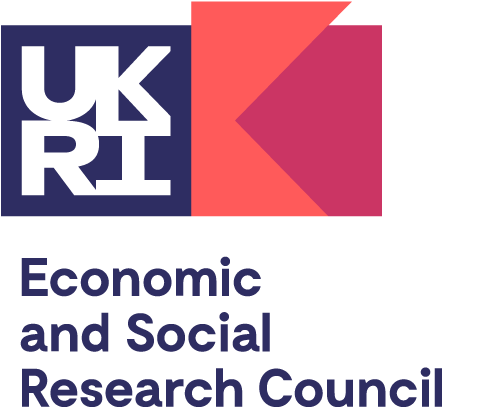News is not an exact science. A story that might be headline news one day may not have gotten a mention had it appeared the day before or after. It all depends on other national and international events as well as the scandal of the moment.
One role of the media is to entertain. When presenting a story to the media remember that in general the bigger the human interest angle, the bigger the news is likely to be. We are fascinated by things that may impact us. Give practical examples and apply your research to everyday life.
Although you cannot predict what will be on the news agenda on any given day, there are ways of increasing the chances of your research being reported on based on what journalists are looking for.
The hook
What is it that makes your research newsworthy? Is it a tie to current news topics, the publication of a paper in a peer reviewed journal or presenting at an international conference? Being awarded funding can be a hook, but in general the media prefer to know about real outcomes rather than hypothesised ones, so a finished project is likely to get more coverage than a new one.
Meaningful soundbites
These should explain the significance of the research and what the findings mean in day to day terms. Illustrate it with easy to relate to examples.
Digestible facts and figures
Most people are not interested in knowing the detailed methodology but they do like to understand the basics – so a simple, jargon-free explanation of your research and findings.
Stories that work in long or short form
Because of the fast-changing nature of news, an editor may need to change their lead stories last minute. Your story should work as well as a 500-word article as a 50-word news brief.


